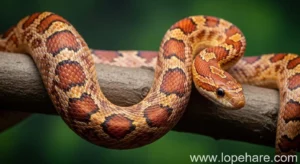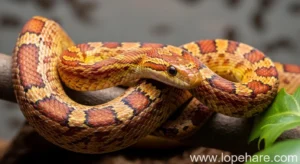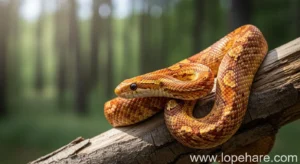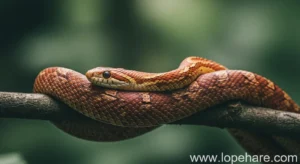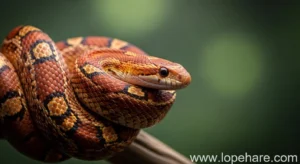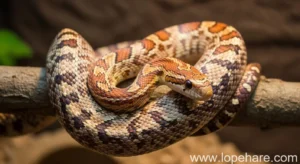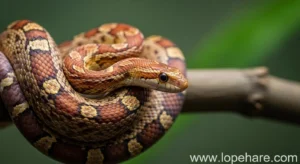Reptile Husbandry
Corn Snake Shedding: What to Expect and How to Help
Hello fellow reptile enthusiasts! As editors here at lopehare.com, we’re dedicated to providing comprehensive, professional information for niche pet keepers, and corn snakes are a fantastic entry point into the world of snakes. One of the most fascinating and essential processes you’ll observe as a corn snake owner is shedding, also known scientifically as ecdysis. This natural cycle is vital for their growth and health, but it can sometimes be a cause for concern for new owners if they don’t know what to expect. Let’s demystify corn snake shedding and discuss how you can ensure your slithery friend goes through this process smoothly.
Why Shedding is Important
Snakes shed their skin for two primary reasons: growth and repair. Unlike mammals, snakes’ skin doesn’t grow with them. As a corn snake gets larger, it outgrows its old skin, which becomes tight and restrictive. Shedding allows them to replace this old, worn layer with a fresh, larger one. The process also helps remove external parasites that may have attached themselves to the old skin. Think of it as getting a brand new, perfectly sized outfit and a deep clean all at once!
Signs Your Corn Snake is About to Shed
Recognizing the signs of an impending shed is crucial. This period, often called being “in the blue” or “opaque,” indicates the snake’s body is producing a new layer of skin underneath the old one. You might notice several changes:
- Dull Coloration: Your corn snake’s vibrant colors will become muted, grayish, or duller than usual.
- “Blue” Eyes: The scales covering the eyes, called eye caps or spectacles, will turn opaque or milky blue. This is the most recognizable sign.
- Reduced Activity & Appetite: Many snakes become more reclusive and may refuse food during this time, as their vision is impaired and they feel vulnerable.
- Increased Hiding: Your snake will likely spend more time hidden away, seeking privacy and security.
- Skin Loosening: Just before the shed, the eyes will clear again, and the skin, particularly around the head and neck, may appear loose. This is the final stage before the actual shedding begins.
The “Clear” Period: The eye caps will clear up a day or two before the shed. Don’t think the shed is over! This is when the snake is ready to shed and often needs higher humidity to loosen the old skin.
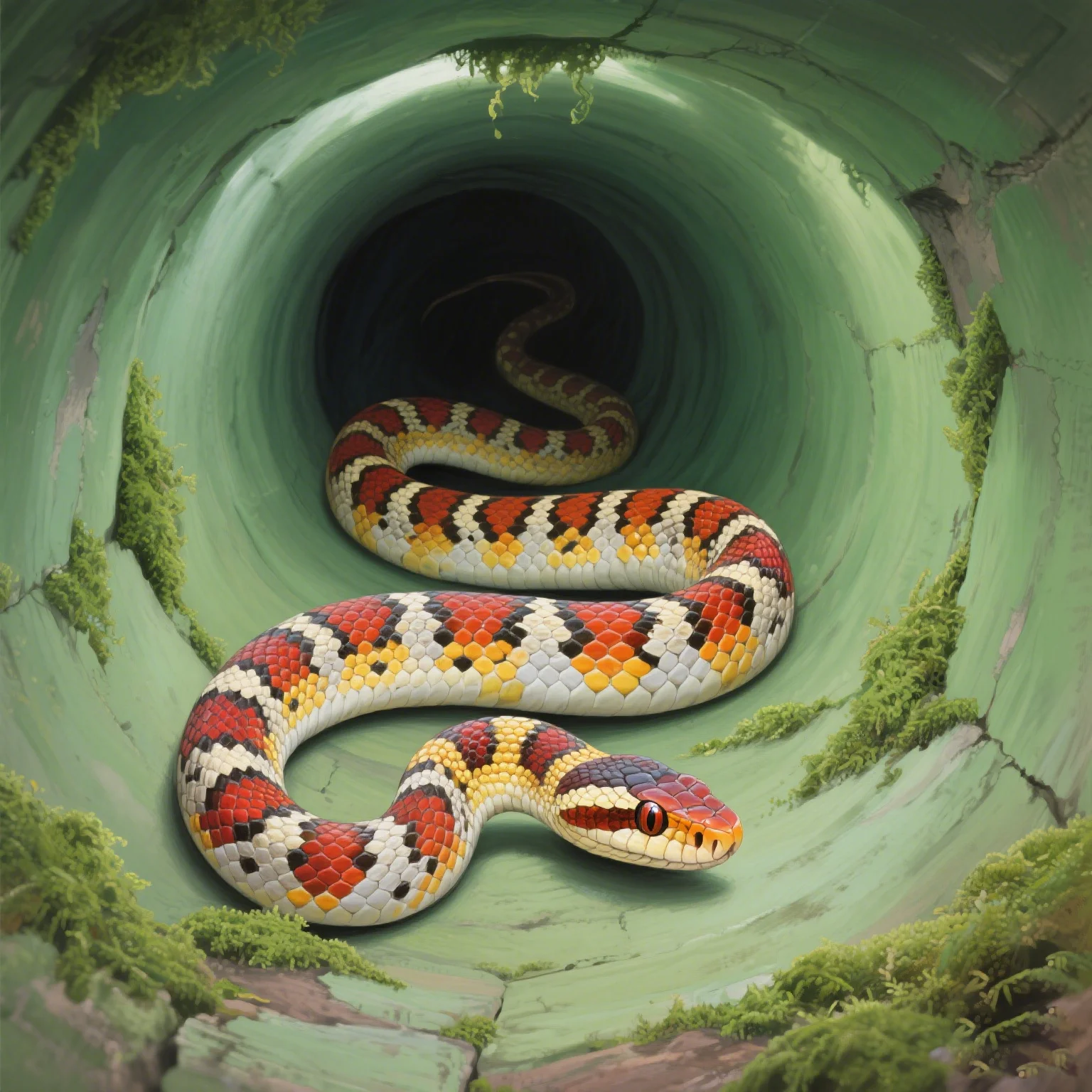
Knowing these signs a corn snake is about to shed allows you to prepare their environment and avoid unnecessary handling.
The Stages of Shedding
The shedding process itself is relatively quick, usually taking place within a day once it starts. The snake will find a rough surface – like branches, rocks, or décor in its enclosure – and rub its nose against it to loosen the skin around the mouth. Once the skin peels back from the lips, the snake will continue to rub and crawl, essentially turning the old skin inside out as it pushes itself out. A successful shed results in a single piece of shed skin, from nose to tail tip, including the eye caps. The skin should look like a translucent, discarded sock.
How to Help Your Corn Snake Shed Successfully
Your primary role during shedding is to provide the right conditions. Often, intervention isn’t needed if husbandry is correct, but here’s how you can help:
- Ensure Proper Humidity: This is arguably the most critical factor. While corn snakes don’t need extremely high humidity constantly, slightly elevated humidity (around 60-70%) during the shed cycle helps loosen the skin. Ensure you have accurate hygrometers to monitor levels.
- Provide a Humid Hide: A humid hide is a container (like a plastic tub with a hole cut in the side) filled with damp substrate like sphagnum moss or paper towels. The snake can retreat here to absorb moisture. This is highly recommended, especially when you see the “blue” phase.
- Offer Rough Surfaces: Make sure there are plenty of items in the enclosure your snake can rub against – rocks, logs, branches, or even artificial décor.
- Avoid Handling: Refrain from handling your corn snake while it’s in shed. Handling can be stressful and might interfere with the natural process. Wait until after the shed is complete and you’ve inspected it.
- Check the Shed: Once the shed is complete, carefully remove the old skin from the enclosure. Inspect it to ensure it came off in one piece and that the eye caps are present. This confirms a successful shed.
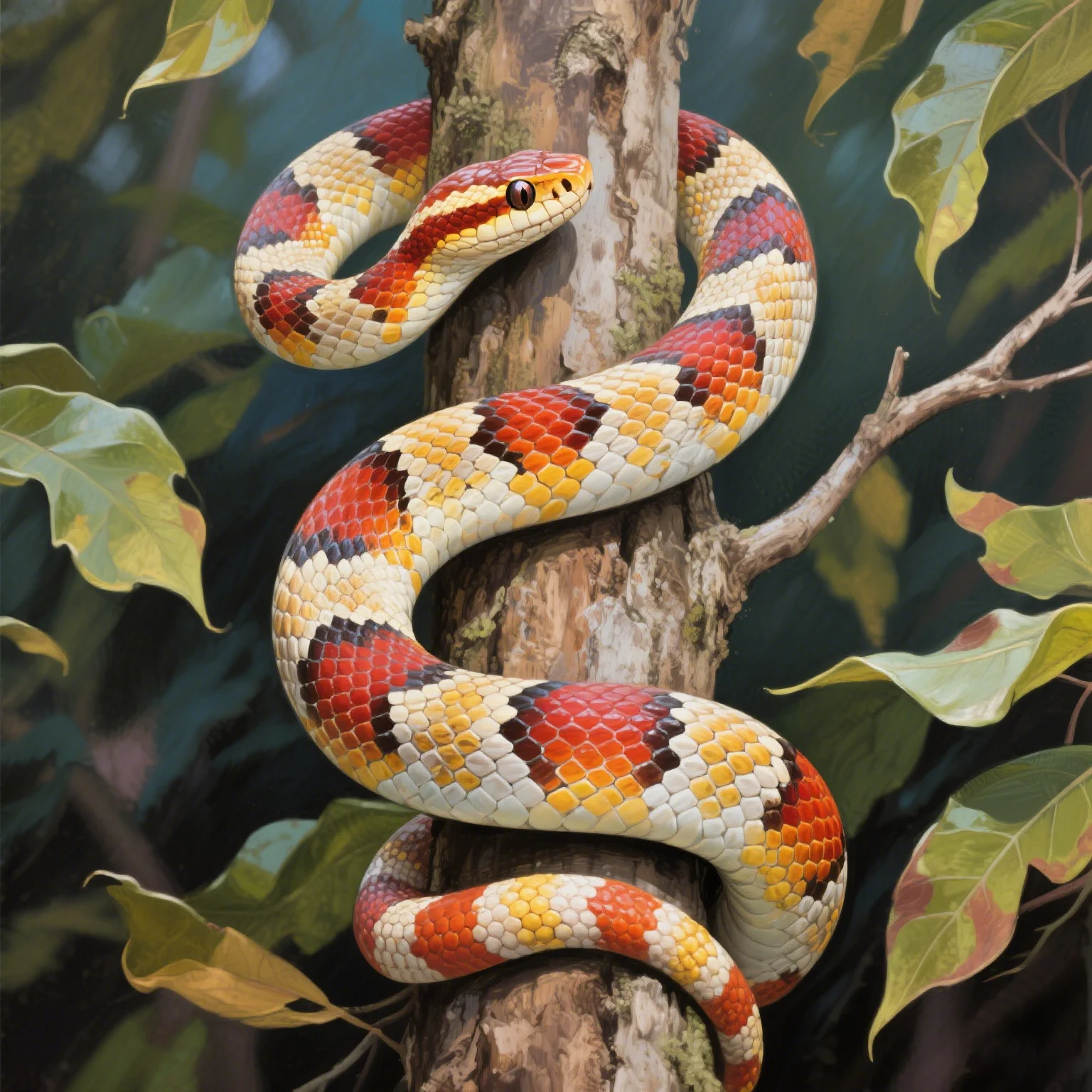
Troubleshooting: Incomplete Sheds (Dysecdysis)
Sometimes, despite your best efforts, a corn snake may have an incomplete shed, leaving patches of old skin or retaining eye caps. This condition is called dysecdysis. It’s usually a sign that husbandry, particularly humidity, needs adjustment. Left untreated, retained skin, especially eye caps, can lead to serious health issues like infections or vision problems. If you find your why is my corn snake having trouble shedding, here’s what you can do:
- Increase Humidity: Ensure the ambient humidity is appropriate and the humid hide is adequately moist.
- Soaking (Use Caution): For stubborn patches (NOT retained eye caps initially), you can gently soak the snake in shallow, lukewarm water (no deeper than the snake is tall) for 20-30 minutes in a secure container with air holes. The water should be just warm enough to feel comfortable on your wrist, never hot.
- Moist Towel Method: Place the snake in a secure container lined with damp, but not dripping wet, paper towels for a few hours.
- Gently Assist (Last Resort for Body Sheds): After soaking or the moist towel method, the snake might shed the remaining pieces on its own by crawling through your fingers. Never pull or force stuck skin off, as this can injure the snake.
- Retained Eye Caps: *Never* attempt to remove retained eye caps yourself by pulling or peeling. This can severely damage the snake’s eyes. This requires veterinary intervention.
- Consult a Vet: If a shed is significantly incomplete, if eye caps are retained, or if dysecdysis is a recurring problem, consult a reptile veterinarian. They can safely remove retained skin and diagnose underlying issues.
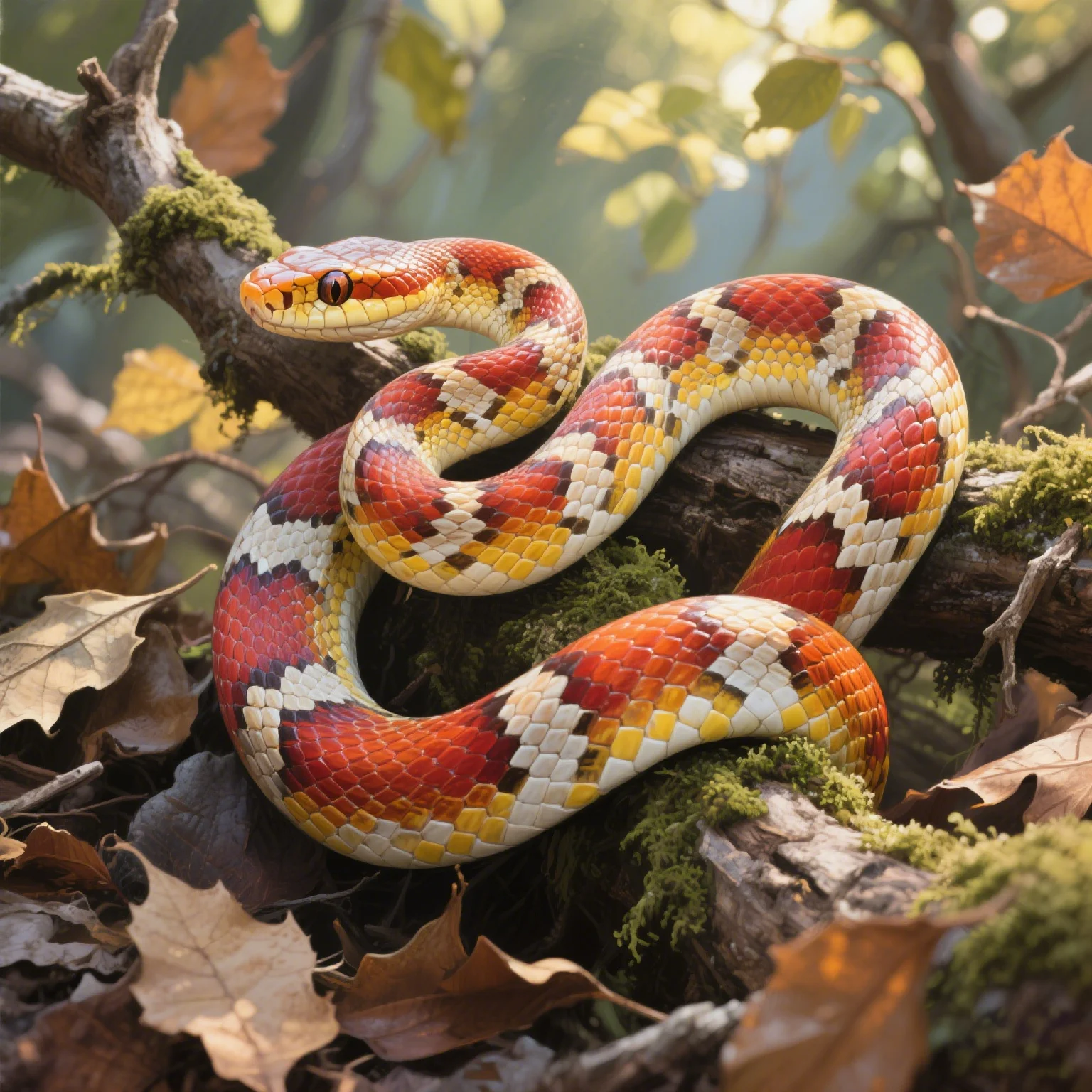
Do NOT Pull Retained Skin: Attempting to force off stuck skin or eye caps can cause serious injury to your snake. Patience and proper moisture are key, or seek professional help.
Prevention Through Proper Husbandry
The best way to handle shedding issues is to prevent them entirely. Consistent, proper husbandry is the foundation of healthy shedding. For corn snakes, this means:
- Maintaining appropriate temperature gradients.
- Providing adequate ventilation.
- Ensuring the enclosure size is suitable for the snake’s length.
- Offering multiple hides, including at least one humid hide, especially when the snake is approaching shed.
- Using a substrate that helps maintain ambient humidity without being constantly wet (which can lead to scale rot).
- Providing fresh water at all times.
- Feeding a nutritious, appropriately sized diet.
By consistently providing optimal conditions, you drastically reduce the chances of your corn snake experiencing dysecdysis. As we emphasize at lopehare.com, understanding the specific needs of your niche pet, like the environmental factors critical for a corn snake’s successful shed, is paramount to their well-being.
Conclusion: A Little Help Goes a Long Way
Corn snake shedding is a normal, natural part of their life cycle. While it might seem dramatic or concerning initially, understanding the signs and process empowers you to provide the necessary support. By ensuring correct humidity, offering a humid hide, and providing plenty of textures to rub against, you set your corn snake up for a successful shed. Should issues arise, knowing when and how to intervene safely (or when to seek veterinary help) is key. Witnessing a perfect, single-piece shed is one of the satisfying signs of a healthy, well-cared-for corn snake!
Sources:
- Wikipedia – Ecdysis (Snakes)
- Various professional herpetoculture and veterinary resources on snake husbandry and dysecdysis.
